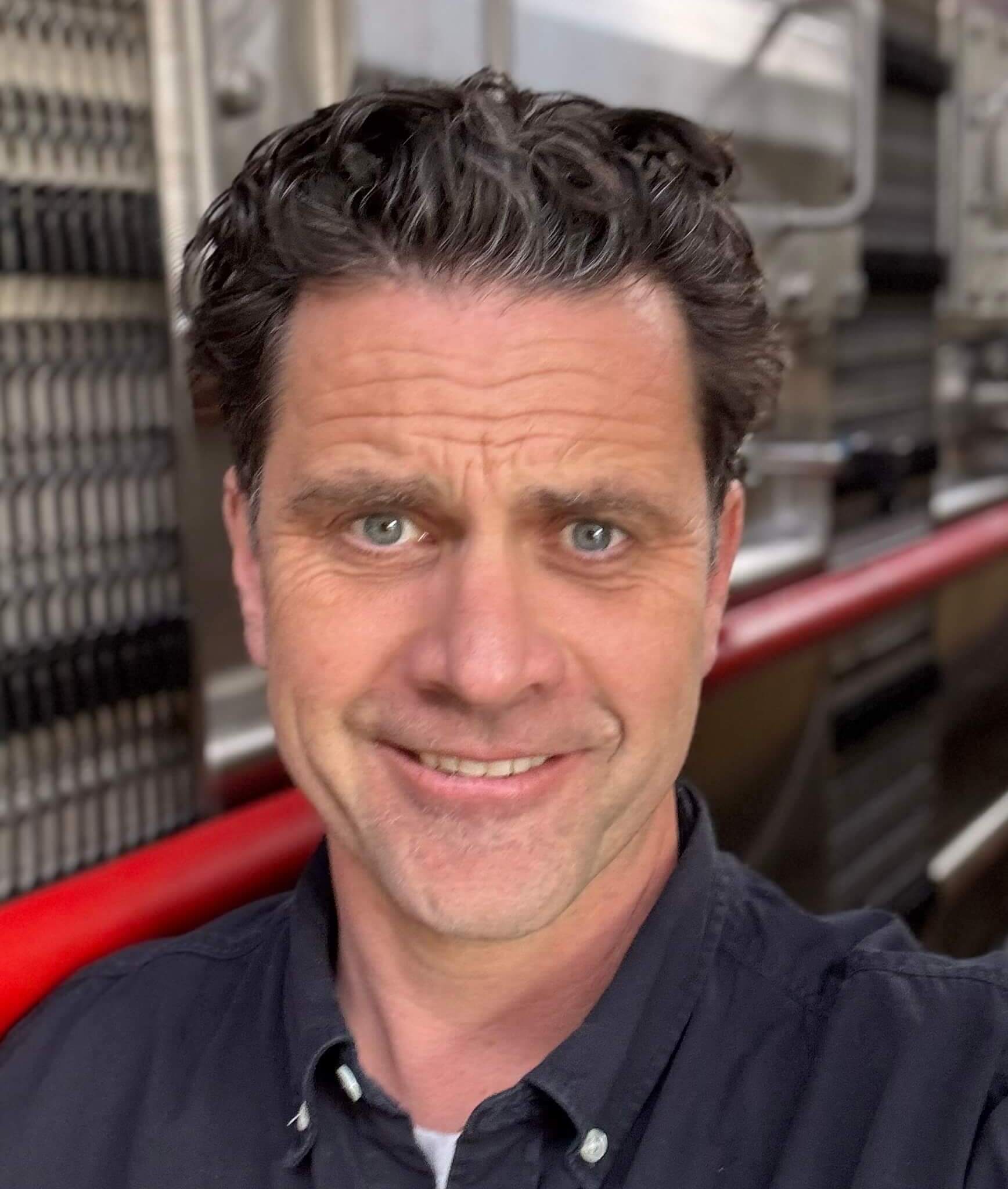Maximizing Wastewater Management: The Economic Drivers for Adopting Zero Liquid Discharge
Is Zero Liquid Discharge right for your facility? This practical guide explores the key factors that determine whether ZLD—a powerful wastewater management solution—makes economic and operational sense. From rising water costs and limited availability to regulatory pressure and sustainability goals, the article breaks down five essential drivers that can tip the scale in favor of ZLD. It also looks at how some facilities might even profit from their waste by recovering valuable materials. Whether you're navigating compliance challenges or rethinking your sustainability strategy, this read will help you evaluate if ZLD is the smart move for your business.
DATE 2025-05-23
Maximizing Wastewater Management: The Economic Drivers for Adopting Zero Liquid Discharge
Zero liquid discharge (ZLD) is a wastewater management solution that minimizes industrial waste and involves the integration of various technologies. While ZLD solutions can be expensive and energy-intensive, they can be an excellent solution for managing wastewater in certain applications. Understanding the drivers that make ZLD feasible is critical to determining whether it makes economic sense for a particular facility.
-
Water cost and availability:
Many industrial processes require large volumes of water. Companies operating in water-stressed areas or competing for water supply may benefit from the water re-use enabled by ZLD. To determine if water cost and availability is an important driver for your facility, consider the following questions:
· What is the volume and cost of fresh water used in your process?
· Is availability of water limiting your production capacity?
-
Disposal cost and availability:
Industrial wastewater disposal options can be expensive and limiting. By examining disposal options, costs, and risks, companies can determine whether ZLD can provide a cost-effective alternative. Additionally, changes in disposal options can present new opportunities for ZLD. To determine if disposal cost and availability is an important driver for your facility, consider the following questions:
· What are your current options for wastewater disposal?
· What are the costs and risks associated with your current wastewater disposal methods?
-
Value products:
In some cases, upgrading industrial wastewater via concentration or separation of critical components can increase the value of the waste. Companies can evaluate whether their wastewater has the potential to be upgraded through concentration or separation, thus increasing the overall value of their operations. To determine if value products is an important driver for your facility, consider the following questions:
· Can upgrading your industrial wastewater via concentration or separation of critical components increase the value of your waste?
· Is your industrial wastewater a significant source of valuable components that can be recovered? -
Regulatory compliance:
Compliance with wastewater regulations is mandatory for companies operating in most jurisdictions. By understanding existing and future regulations, companies can determine if ZLD can enable them to comply more efficiently and effectively. To determine if regulatory compliance is an important driver for your facility, consider the following questions:
· What are the current wastewater regulations for your industry?
· Are there any proposed changes to these regulations that may impact your operations?
-
Sustainability directives:
Consumer demand for environmentally friendly products is increasing. Companies with sustainability directives must evaluate how they manage wastewater and how responsible water use impacts their customer base. By understanding their sustainability goals, companies can determine if ZLD aligns with their overall strategy. To determine if sustainability directives is an important driver for your facility, consider the following questions:
· Does your company have a sustainability directive that focuses on responsible water use?
· How important is responsible water use to our customers and stakeholders?
By examining these drivers, companies can determine if ZLD is a good fit for their facility. while ZLD may require significant investment, it can provide a cost-effective and sustainable solution for managing industrial wastewater.

Patrick Horner
Role at Alfa Laval: Global Technology - Zero Liquid Discharge
Time in industry: 20 years
Area of expertise: ZLD; evaporation and crystallization technologies
Tags
Alles